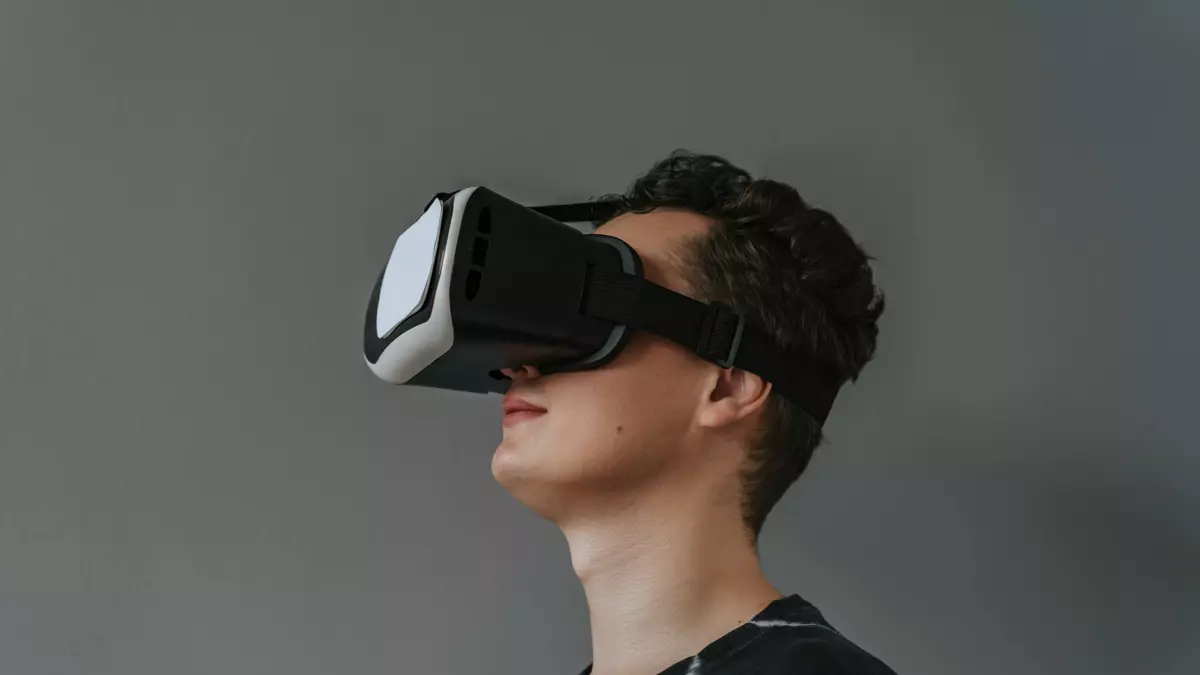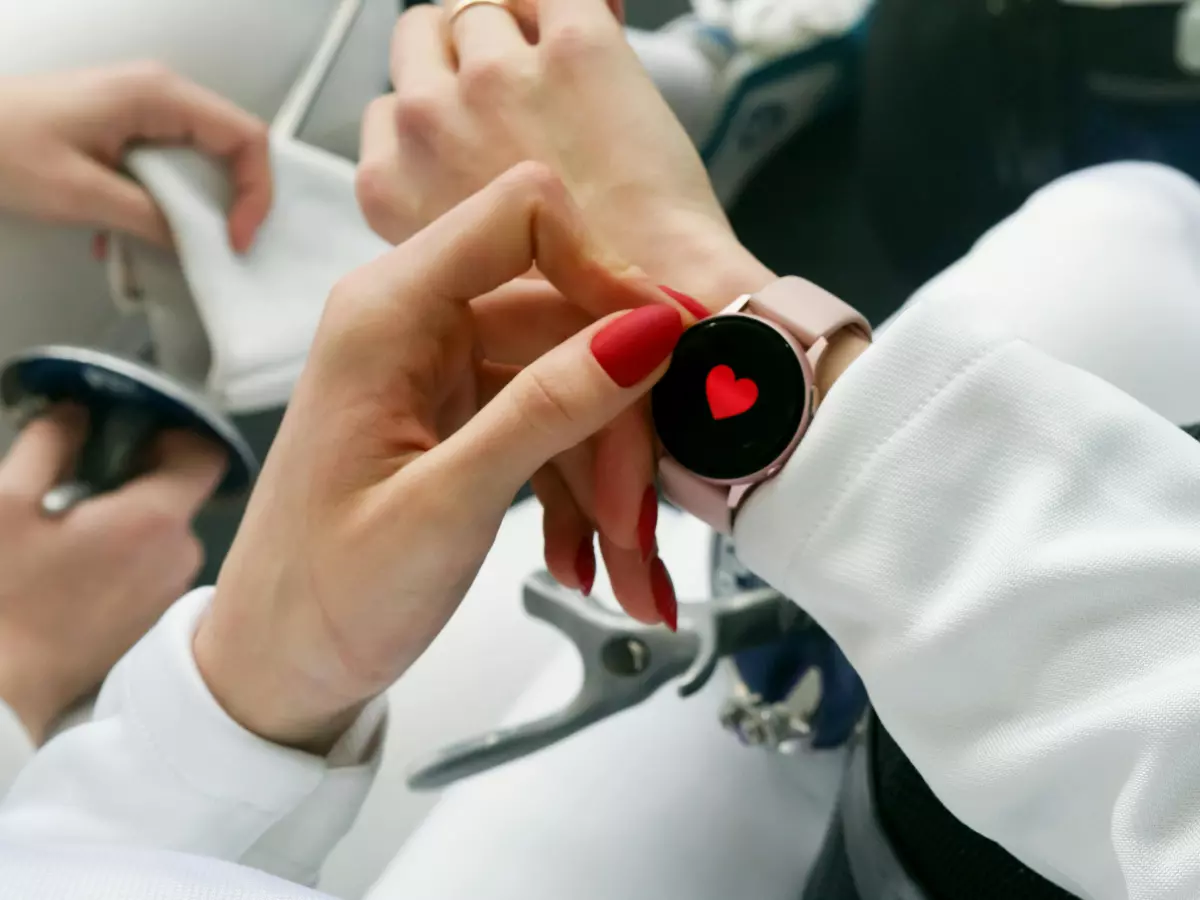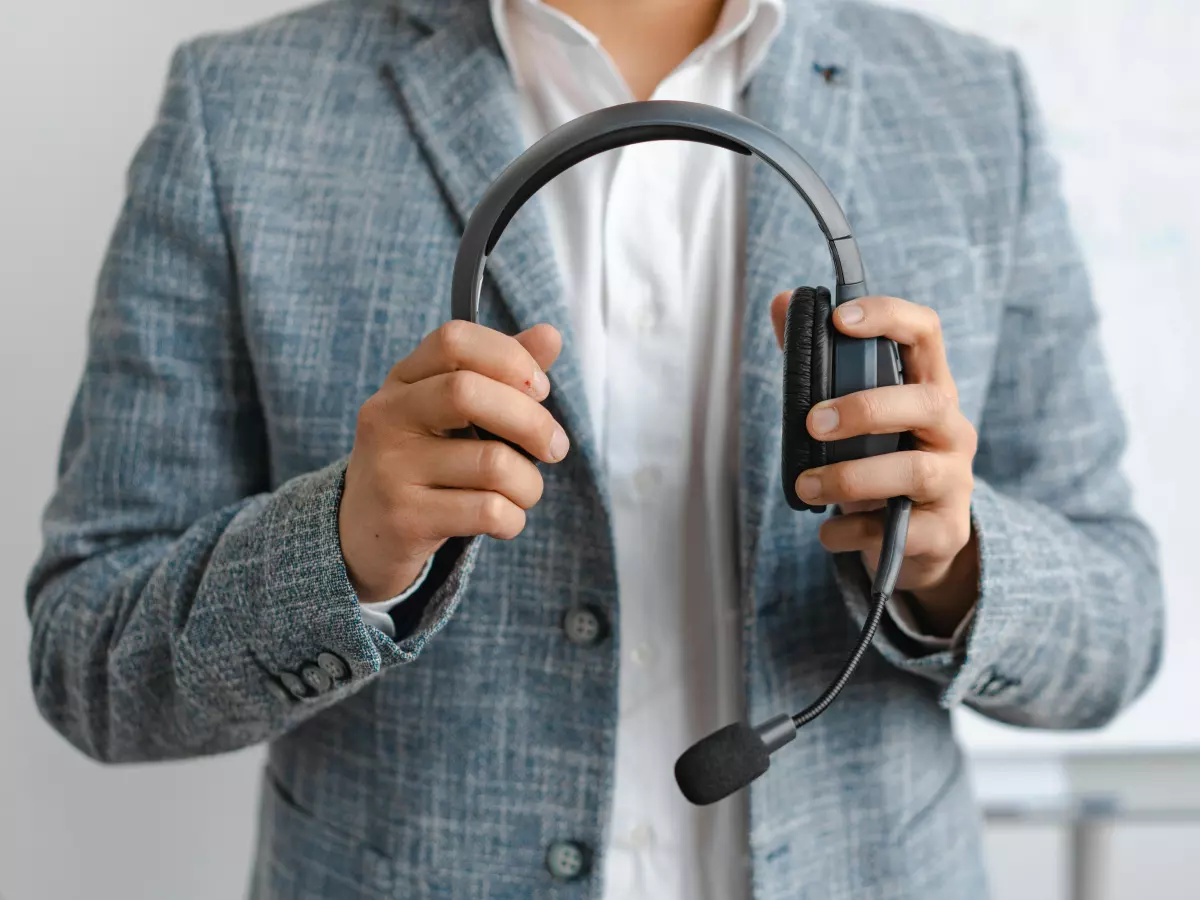Power Play
Did you know that the average wearable device has to balance over 10 different sensors while keeping battery life in check? That’s right—your smartwatch, fitness tracker, or even that fancy health-monitoring ring is juggling a lot more than just step counts and heart rates.

By Jason Patel
Wearables are getting smarter, faster, and more capable by the day. But there’s a catch: as sensors become more advanced, they demand more power. And that’s where the real struggle begins. It’s a constant tug-of-war between the sensors that make your device useful and the battery that keeps it alive. So, what’s really going on under the hood of your favorite wearable? Let’s break it down.
The Sensor Overload
First, let’s talk about sensors. Modern wearables are packed with an array of sensors that track everything from your heart rate to your sleep patterns, and even your blood oxygen levels. Some devices even come with accelerometers, gyroscopes, and temperature sensors. These sensors are the key to making wearables so useful, but they’re also the biggest power hogs.
Take the heart rate monitor, for example. It uses photoplethysmography (PPG) to measure the volume of blood passing through your wrist. Sounds simple, right? Well, it’s not. The sensor has to emit light, detect how much is reflected back, and then process that data—all in real-time. And that’s just one sensor. Multiply that by the number of sensors in your device, and you can see how things start to get complicated.
Now, here’s the kicker: each of these sensors is constantly collecting data, even when you’re not actively using your device. That means your wearable is always working, even when you’re not paying attention. And guess what? That drains your battery faster than you might think.
The Battery Dilemma
On the flip side, we’ve got the battery. Most wearables are powered by lithium-ion batteries, which are great for providing a steady stream of power but are limited by their size. After all, no one wants a bulky smartwatch or fitness tracker, right? So, manufacturers have to cram as much power as possible into a tiny space.
But here’s the problem: as sensors become more advanced, they require more power to function. And while battery technology has improved over the years, it hasn’t kept pace with the rapid evolution of sensors. This creates a dilemma—how do you keep your wearable running for days on end without sacrificing the functionality of its sensors?
Some manufacturers have tried to solve this problem by using low-power sensors or optimizing the software to reduce power consumption. Others have added features like battery-saving modes that limit the functionality of the device when the battery is running low. But at the end of the day, it’s still a balancing act.
Software: The Unsung Hero
So, where does software fit into all of this? Well, it turns out that software plays a huge role in managing the power struggle between sensors and battery life. Advanced algorithms can help optimize how and when sensors are used, reducing the overall power consumption of the device.
For example, some wearables use machine learning to predict when you’re most likely to need certain sensors. If you’re sitting at your desk, your fitness tracker might dial down the accelerometer and heart rate monitor to save power. But the moment you start moving, it ramps up the sensors to track your activity. This kind of smart power management is becoming more common in wearables, and it’s helping to extend battery life without sacrificing functionality.
Another trick is to offload some of the processing to your smartphone. Many wearables sync with companion apps that handle the heavy lifting when it comes to data analysis. This allows the wearable to focus on collecting data, while the app takes care of the rest. It’s a clever way to reduce the strain on the wearable’s battery.
The Future of Wearable Power
So, what does the future hold for wearables? Well, we’re already seeing some exciting developments in both sensor technology and battery life. New types of sensors, like bioimpedance sensors, are more energy-efficient than their predecessors. Meanwhile, researchers are working on new battery technologies, like solid-state batteries, that could provide more power in a smaller package.
But until those breakthroughs become mainstream, we’re stuck in this power struggle. Wearable manufacturers will continue to walk the tightrope between adding more sensors and preserving battery life. And as consumers, we’ll have to decide what’s more important—having the latest and greatest sensors or keeping our devices running for as long as possible.
In the end, it’s all about balance. The next time you strap on your smartwatch or fitness tracker, take a moment to appreciate the delicate dance happening inside. It’s a battle between sensors and battery life, and for now, it’s a battle with no clear winner.




